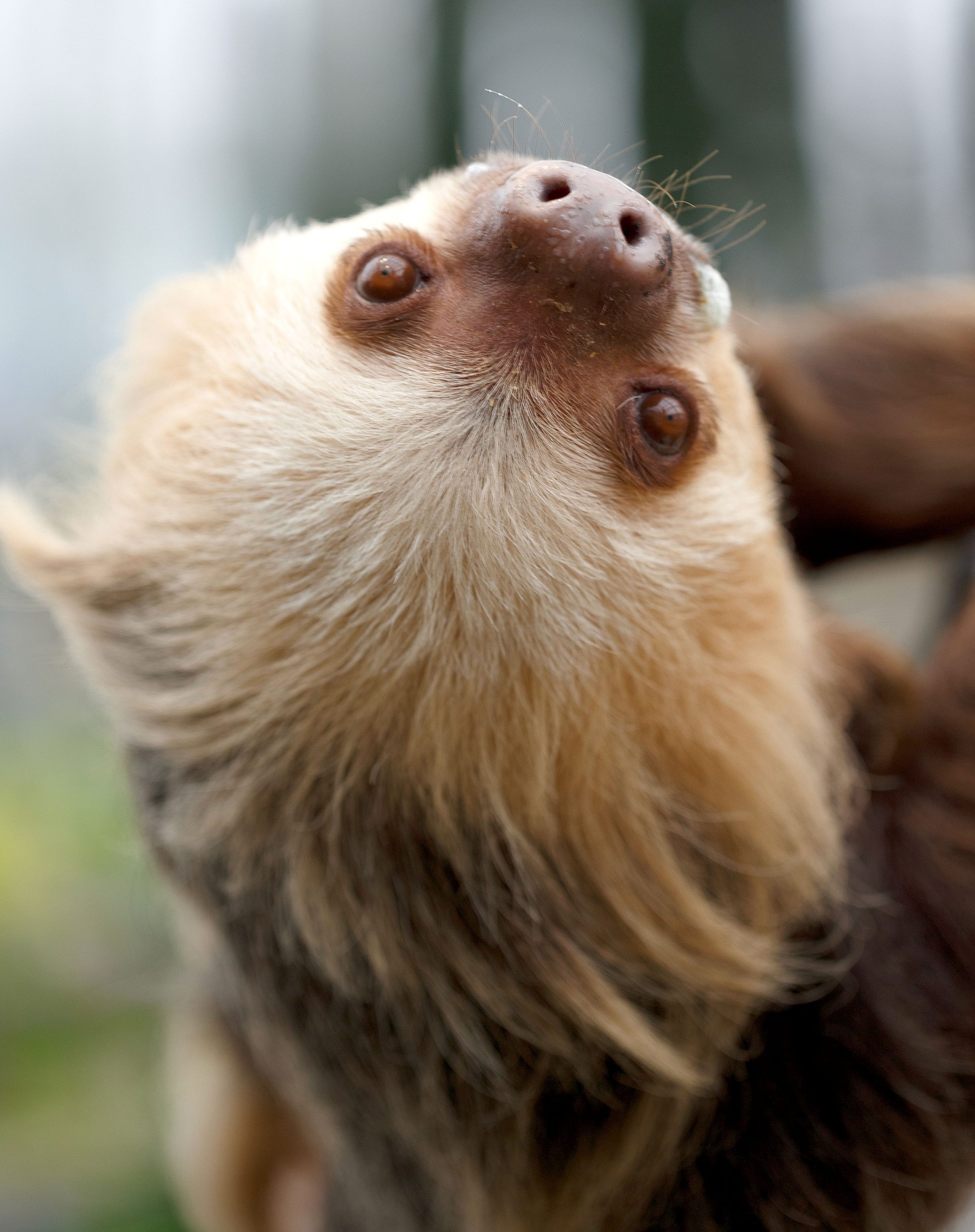Personalizing nature is one of the first steps in protecting it
Sparky, Neil, Chloe, and Schroeder are just a few of the Como Park Zoo & Conservatory animals known to millions of visitors by their first names. Though there was once a time when zoos shied away from showcasing the individual animals in their care, a growing body of research now tells us that encouraging the public to forge personal connections to nature is one of the best ways to protect it.
That thinking is the driving force behind a series of new education and engagement strategies now in effect at Como Park Zoo & Conservatory, thanks to support from Advancing Conservation through Empathy (ACE) for Wildlife, a learning network of AZA-accredited zoos, aquariums, and other institutions exploring effective practices for fostering empathy for animals.
“The old theory was that simply sharing knowledge would be enough to inspire action, but what we’re coming to realize is that fostering meaningful emotional connections is just as important. Having empathy for an animal builds the desire to act on their behalf,” says Bekah Hanes, Como’s education and conservation curator. “Empathy is a skill you can develop and build on, and it’s becoming an important tool to help people cross the finish line from thinking about conservation to actually acting out those values, long after a zoo visit is over.”

The official shift toward empathy-focused engagement started in 2016, when Como Friends secured a major grant to help Como Park Zoo & Conservatory implement a new education and engagement strategy called the ROADMAP (Reaching Our Audiences by Developing Mission Aligned Programs). While the pandemic put a pause on public education programs for a time, Como continued to move ahead with its mission, securing grants from ACE for Wildlife to rewrite Como’s volunteer interpretive programs with an empathy focus, to use empathy as the lens for a new education strategic plan, and to create new permanent signage in the wolves and large cats habitat that uses empathy-inspiring language. While Como is one of the inaugural members of the ACE for Wildlife Learning Network, a special project of Seattle’s Woodland Park Zoo, the empathy movement is gaining ground with many other AZA-accredited zoos and aquariums.

Public Engagement Coordinator Kelsey Raffel says “it’s a great shift that’s happened in a relatively short amount of time,” in part because it embodies an approach toward audience engagement that Como’s keepers, horticulturists, interpreters, and educators gravitate toward naturally. “Focusing on empathy in our education programs, volunteer training, and visitor engagement has gotten a great reception from the campus,” she says. “For instance, our interpretive staff have shared that they love talking about the individual animals we care for, their personalities and likes and dislikes, and this approach really encourages them to do that.”
Jackie Sticha, president of Como Friends, says community support is critical to providing the resources Como Park Zoo & Conservatory needs to stay current as a conservation educator and a national leader in animal care. “More than 20 years ago, Como Friends funding helped Como Zoo make a shift toward positive reinforcement training for animals, and we see this empathy work as part of that same evolution,” she says. “It’s just natural to want to know the names of the animals at Como Zoo, and now the research tells us it’s also a really powerful way of connecting visitors to the natural world.”

